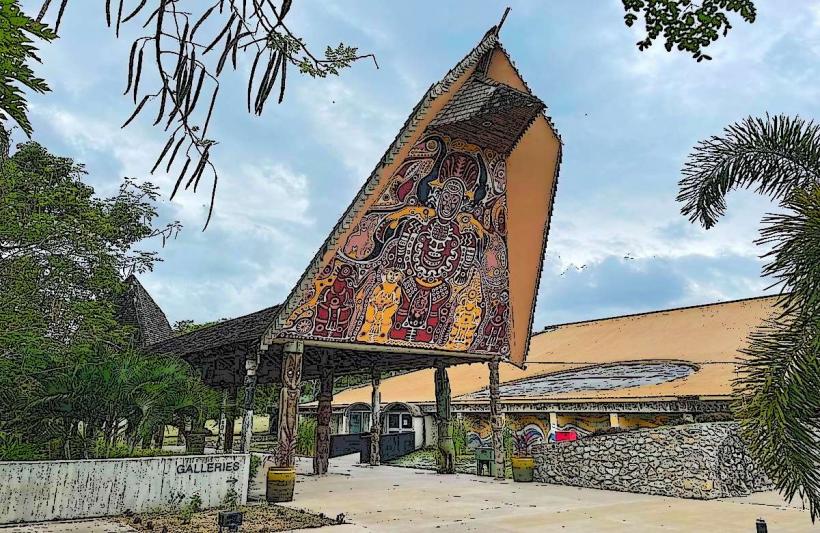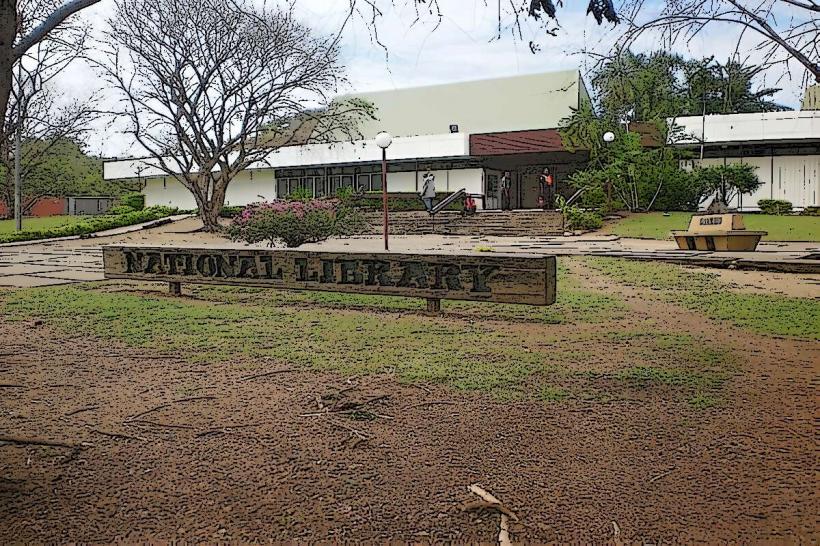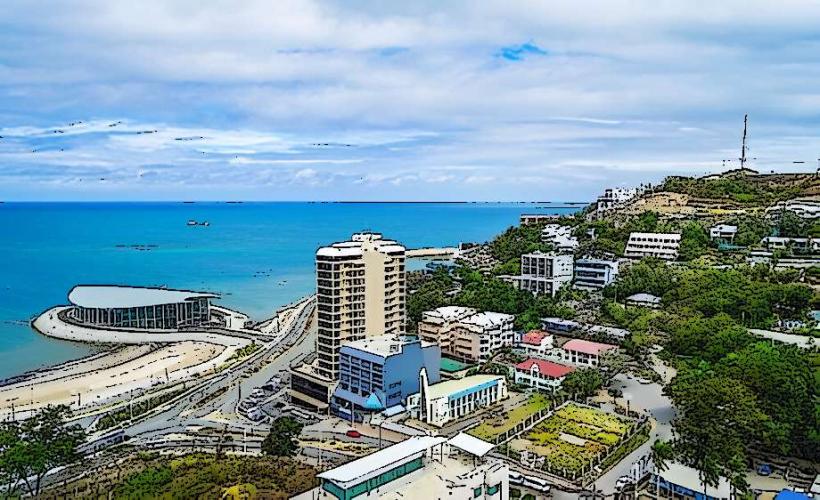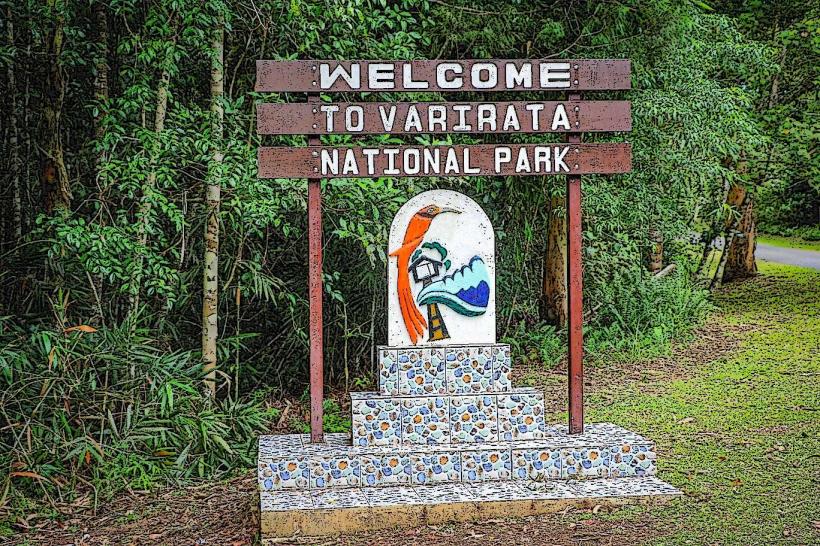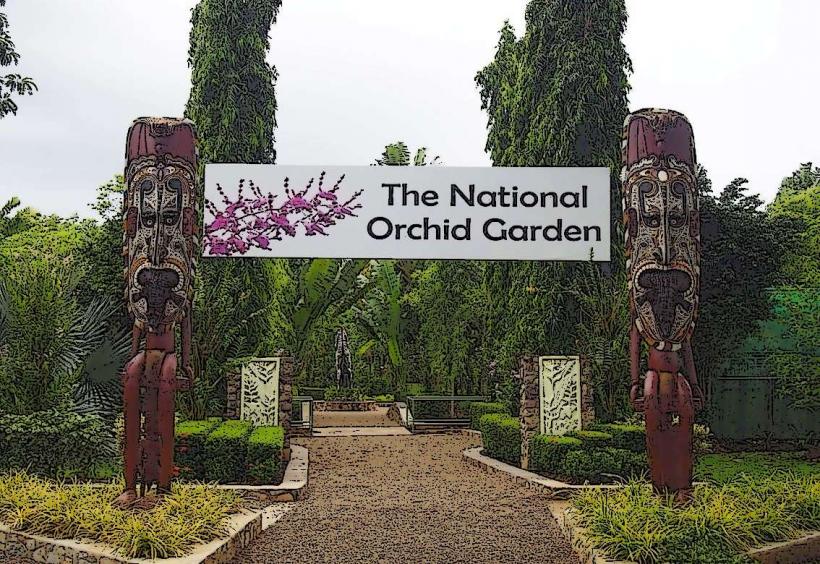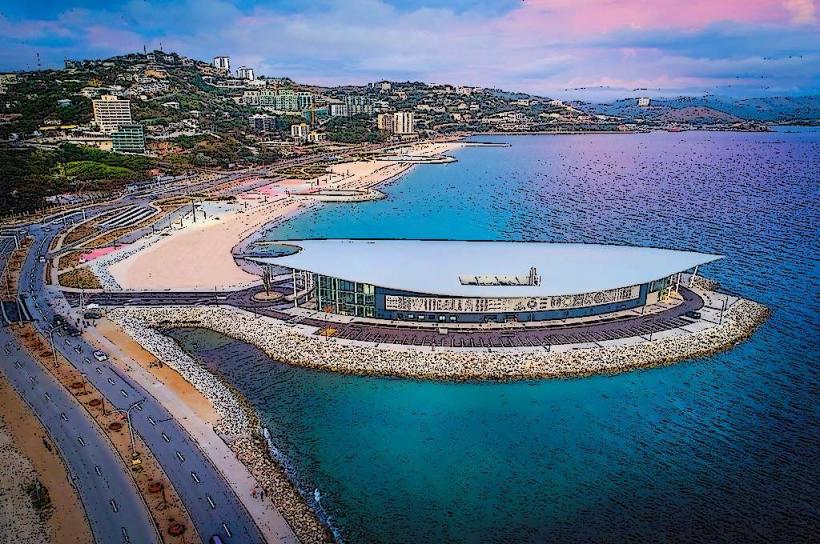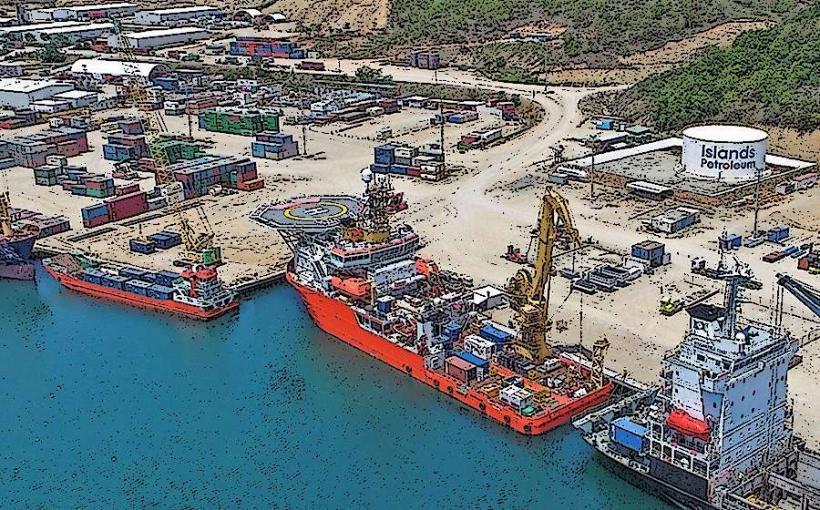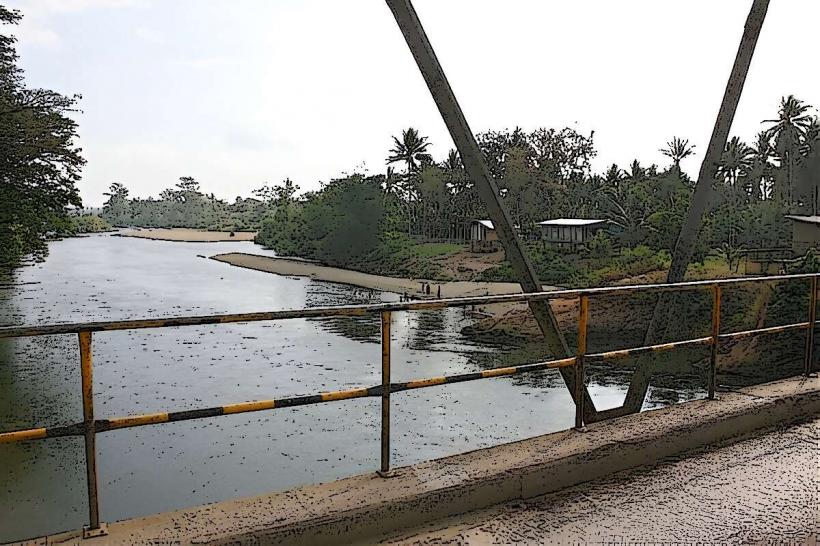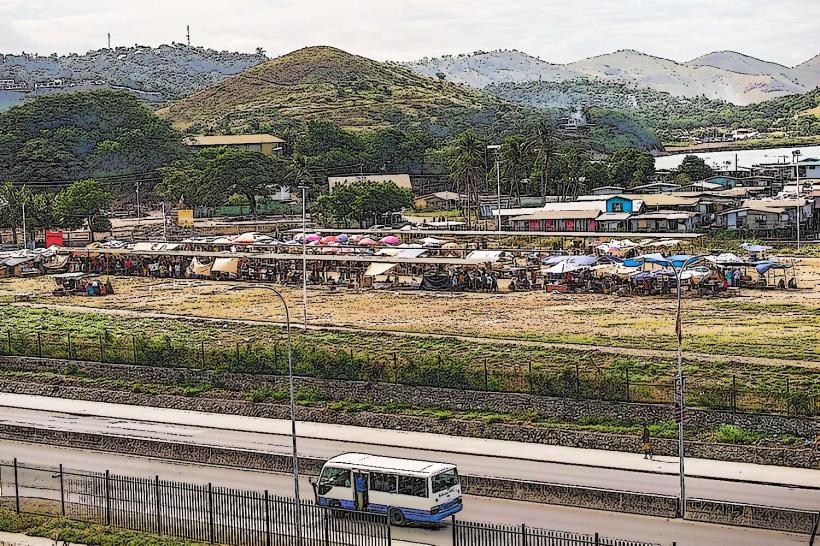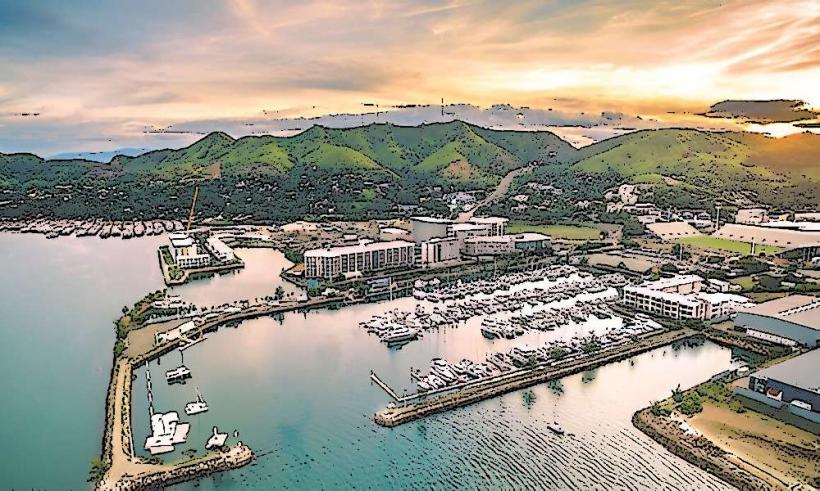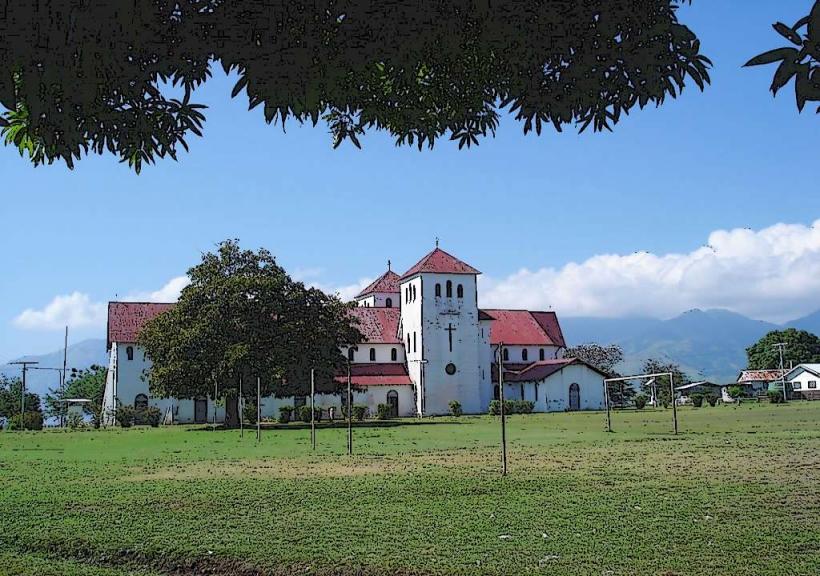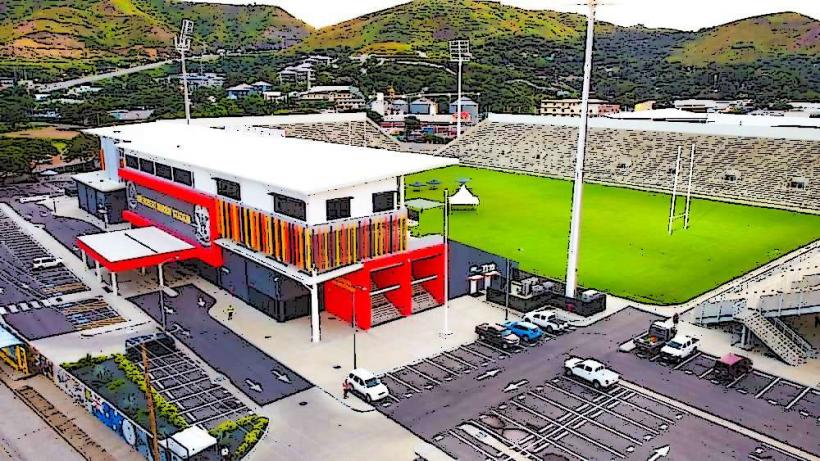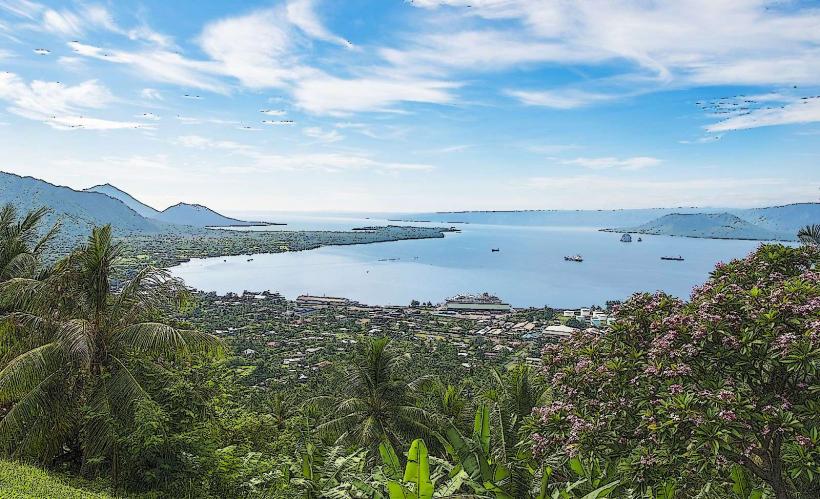Information
Landmark: Parliament HouseCity: Port Moresby
Country: Papua New Guinea
Continent: Australia
Parliament House of Papua New Guinea: A Detailed Overview
Location
Papua New Guinea's Parliament House is located in Waigani, Port Moresby. It is a significant architectural and political landmark, serving as the seat of the National Parliament of Papua New Guinea.
Historical Background
The Parliament House was officially opened on August 8, 1984, replacing the older House of Assembly. The building symbolizes the country's cultural heritage and its journey to independence in 1975.
Architectural Significance
The design of the Parliament House blends modern construction techniques with traditional Papua New Guinean architectural styles. Key features include:
1. Traditional Influences
- Spirit House Design: The façade is inspired by the traditional "Haus Tambaran" (Spirit House) of the Sepik River region, reflecting the cultural significance of community meeting houses.
- Carvings and Motifs: The exterior and interior feature intricate carvings, totems, and patterns representing the diverse tribes and traditions of Papua New Guinea.
2. Modern Features
- The structure uses modern materials and engineering while preserving traditional aesthetics.
- The grand chamber, where parliamentary sessions are held, is equipped with contemporary facilities.
Interior Highlights
1. Grand Entrance
Visitors are greeted by a stunning mosaic depicting cultural symbols from various regions of Papua New Guinea.
2. Parliamentary Chamber
The main chamber is where the National Parliament convenes:
- Design: The chamber layout encourages open debate and decision-making.
- Artwork: Walls are adorned with art and carvings symbolizing the unity and diversity of the nation.
3. Public Galleries
- Visitors can observe parliamentary sessions from the viewing galleries, which are open to the public during sittings.
4. Library and Archives
- Houses a rich collection of documents, records, and literature essential for the legislative process and historical research.
Gardens and Surroundings
The Parliament House is surrounded by well-manicured gardens that feature:
- Native Plants: Highlighting the rich biodiversity of Papua New Guinea.
- Cultural Statues: Representing the country's traditions and tribal heritage.
- Reflection Pool: Adding to the serene and dignified atmosphere of the grounds.
Cultural and Political Role
1. Governance
- The Parliament House is the center of Papua New Guinea's legislative process, where laws are debated and enacted.
2. Symbol of Unity
- The building represents the unity of the nation's diverse cultures and serves as a focal point for national identity.
3. Educational Resource
- Tours and programs are available for students and visitors to learn about the country's government and history.
Visitor Experience
1. Guided Tours
- Tours provide insights into the architectural design, cultural elements, and the parliamentary process.
2. Special Events
- The Parliament House hosts official events, including the annual opening of Parliament and state functions.
3. Accessibility
- The site is open to the public, although access to certain areas may be restricted during parliamentary sessions.
Key Highlights
- Opening Year: 1984
- Architectural Style: Modern with traditional influences
- Cultural Significance: Reflects Papua New Guinea’s heritage and unity
- Role: Houses the National Parliament and serves as a symbol of governance
Why Visit?
Papua New Guinea's Parliament House is not just a seat of governance but also a cultural masterpiece that celebrates the country's identity. It is a must-visit for those interested in politics, architecture, and the rich traditions of Papua New Guinea.


